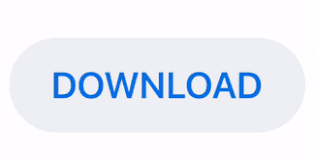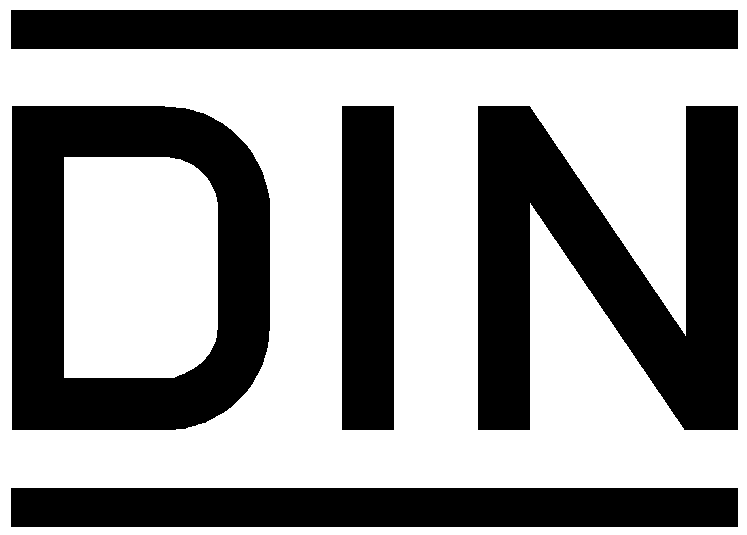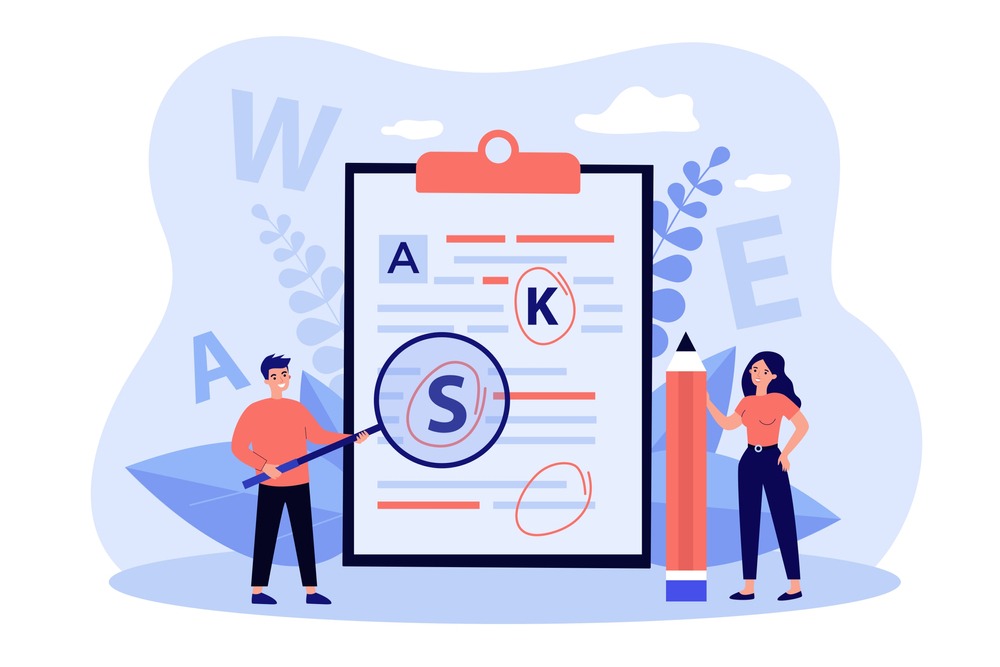

This process takes a few minutes following the submission of the manuscript to the journal but can be longer when there are heavy loads. The CrossCheck results are not yet generated.Further ResourcesĮlsevier’s Plagiarism Detection page offers more details regarding the Similarity Check service.Įlsevier’s Plagiarism Complaints page details what to do when plagiarism has been found. The report will be ready for viewing when you receive the new submission and can be accessed from the submission record. A Similarity Check Report is generated that details the similarities between the manuscript submitted and the available published articles. This file is compared against a database of sources, including published articles submitted to CrossRef by publishers as well as Web sources. How it worksįollowing initial submission by the corresponding author, the system-generated PDF is submitted to the iThenticate system. It does this by comparing manuscripts with both a web repository and the CrossRef database, which indexes more than 50 million published articles from more than 200 publishers. The CrossRef Similarity Check uses iThenticate originality detection software to identify text similarities which may indicate plagiarism. The NIH Library is part of the Office of Research Services (ORS) in the Office of the Director (OD).Elsevier journals on Editorial Manager use the Similarity Check service provided by Crossref and powered by iThenticate to provide editors with a user-friendly tool to help detect plagiarism. The NIH Library in Building 10 serves the information needs of NIH staff and select Department of Health and Human Services (HHS) agencies. To request an iThenticate report, use the Editing Request form available in the Services section of the NIH Library website. Read the Office of Research Integrity’s (ORI) guidance on plagiarism at:

Reports are usually delivered within three business days. Requesters must be the first, last, or corresponding author of the NIH work-related, unpublished manuscript. You can then correct any missing citations before the manuscript is sent through the NIH approval process. Upon request, an editor will analyze your unpublished journal article manuscript using the Library’s licensed iThenticate software and send you the report.


Before submitting to a journal, use the NIH Library’s Plagiarism Checking Service to help identify any missed citations or paraphrased wording too similar to a published source. NIH authors, rest easier knowing that all of your manuscript’s sources are cited. We are investigating alternative options for plagiarism checking. UPDATE : Due to security concerns, the NIH Library is no longer able to use the iThenticate software.


 0 kommentar(er)
0 kommentar(er)
